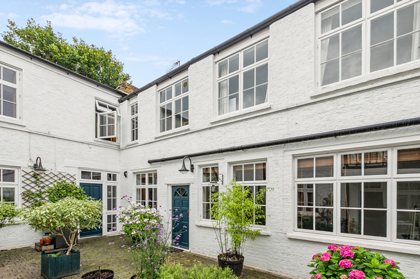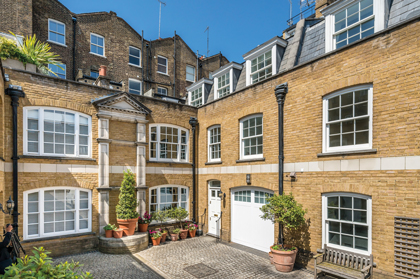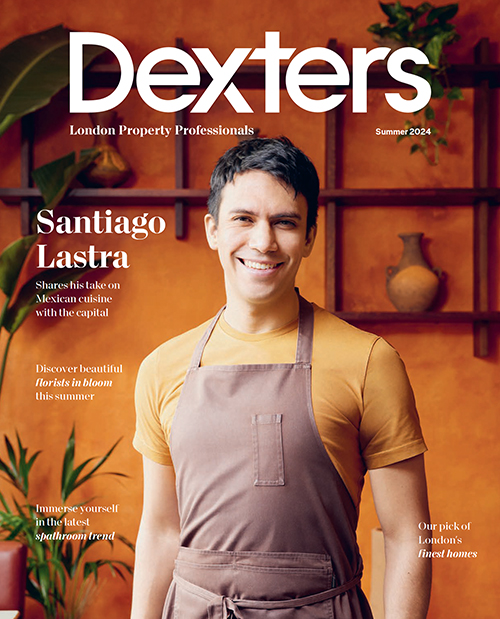London's mews hold a special place in the hearts of those who love the capital. From the colourful cobbled enclaves of Kensington and Chelsea, to the tranquillity of a Marylebone mews, there is something quintessentially London about these hidden homes.
Being both comparatively rare and located in some of the most desirable areas of London, today mews homes are highly prized. This is despite their earlier incarnation as poor relations of the newly-built grand residences of booming 1700s and 1800s London. Mews houses have become extremely desirable homes for London residents as they now offer ‘freehold’ living for a fraction of the cost of the grand houses they used to serve. Often located away from busy roads and thoroughfares on quaint cobbled mews, they have become known rather more for their ‘chocolate box’ appeal than their previous association with lowly stable blocks,” says Robert Britten, Director at Dexters Mayfair.
Mews homes were originally built as the back-ends of the fine Georgian and Victorian mansions of Westminster and Kensington and Chelsea. Comparatively modest, mews provided stables and servants’ quarters, often taking their names from the fashionable terraces they serviced.


While these are humble beginnings, mews properties are ultimately connected to ancient royalty. The Royal Mews at Buckingham Palace evolved from the King’s Mews, which were first constructed during Richard II’s reign in 1377. Buildings were created to house the birds of prey used in falconry, the ancient sport of hunting small wild game or birds with trained birds. During their seasonal moulting or ‘mewing’, the birds would be confined to these ‘mews’.
According to the Royal Collection Trust, the original building was destroyed by fire in 1534 and rebuilt as stables but retained the ‘Mews’ name.
Mews properties remained underappreciated into the middle of the twentieth century. Some were used by squatters, others as garages, and even mews homes in the chicest areas could be picked up for a pittance. This eventually attracted budding artists and other creative types who ensured the fortunes of the capital’s mews turned again.
By the London of the swinging sixties, mews homes were being associated with stylish living. Iconic TV series The Avengers gave debonair leading man Patrick Macnee’s character a mews address, while in real life more and more people were recognising the charm and potential of mews properties. Today, while mews are typically in conservation areas, because of their original purpose, few have period features planners need to protect. This means those fortunate enough to buy a slice of hidden history can put their own stamp on these uniquely London treasures: “With the onset of mansard roof extensions and basement digs, the once modest mews house has become a real and viable alternative to large mansion block flats, often with the added bonus of garaging for the exotic car lover,” says Robert.

